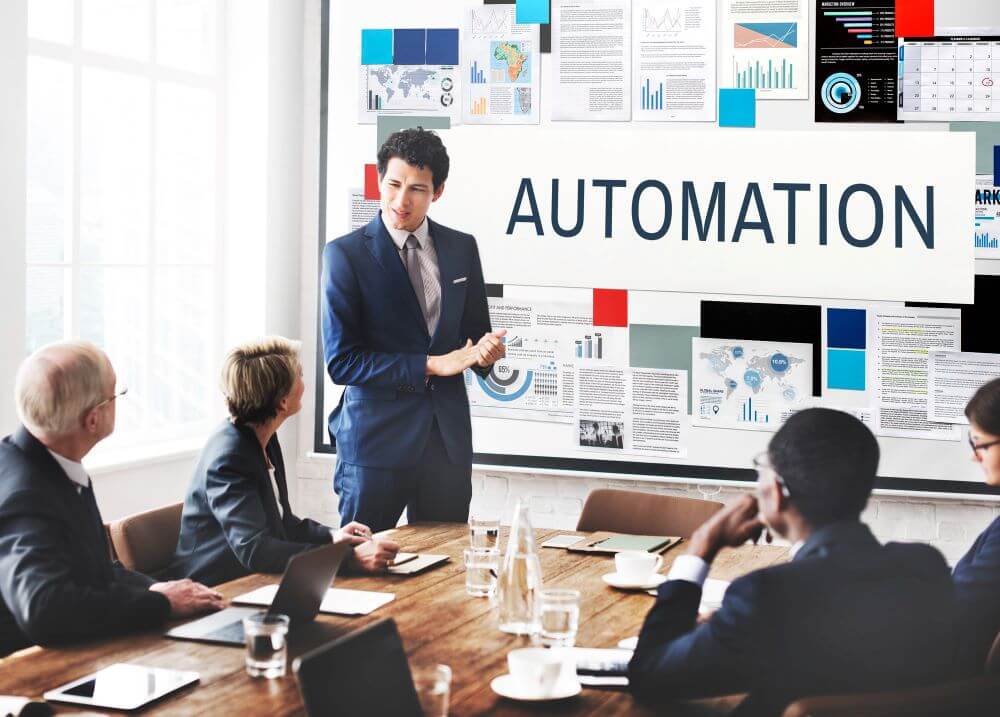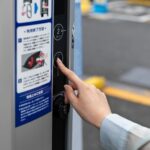Let’s face it: recognizing employees consistently is one of those things everyone agrees should happen — but doesn’t always actually happen.
It’s not because we don’t care. Most leaders genuinely want to show appreciation, celebrate wins, and make sure people feel valued. But when schedules get packed and priorities start stacking up, employee recognition often slides to the bottom of the to-do list.
The good news? You can build a recognition program that runs in the background — quietly and consistently — without needing to rely on someone remembering every birthday, milestone, or standout moment.
Here’s how to automate your employee recognition program in three straightforward steps, and still keep it personal and impactful.
Step 1: Start With the Right Tool — One That Actually Fits Your Culture
Before you can automate anything, you need a system that supports it. There are plenty of platforms out there that promise to improve engagement and boost morale, but not all of them are built for your team.
Start by thinking about how your team already communicates and what kind of culture you’re trying to build.
- Do people use Slack or Microsoft Teams daily?
- Are shoutouts already part of your team meetings?
- Do you value informal, spontaneous recognition — or more structured programs?
Choose a platform that matches your style, not one that forces you into a clunky process. It should be easy to use (even for folks who aren’t “techy”), customizable, and ideally integrate with tools you already rely on.
And here’s the key: you want a system that makes recognition visible — something people actually see and engage with. Whether that’s a public feed, automated announcements, or peer-to-peer badges, the right employee recognition system should feel like it was built for your people, not just for HR checklists.
Step 2: Automate the “Easy Wins” First
You don’t have to overhaul everything at once. The simplest way to start automating recognition is by identifying repeatable, predictable moments — and letting tech handle them for you.
Here are a few examples:
Birthdays and Work Anniversaries
These are easy wins. Most platforms can sync with your HR or payroll software and automatically send a message, trigger a reward, or post a public shoutout on the big day. Set it once, and it runs without you lifting a finger.
Peer-to-Peer Shoutouts
Encourage employees to recognize each other in real time. Set up a system where people can quickly say thanks, call out great work, or highlight teamwork. Then, automate reminders — like a monthly nudge or a simple “Who made your job easier this week?” prompt.
People get busy. Sometimes they just need a little reminder to pause and appreciate each other. The automation doesn’t replace the sentiment — it just makes sure it happens.
Milestones and Achievements
Big project wrapped up? Sales target hit? Training completed? These can all trigger automated recognition — whether it’s a quick message from leadership or a reward tied to a specific goal.
Set rules for what gets celebrated, and let your system handle the execution. It keeps things fair, consistent, and timely — and that matters.
Step 3: Keep the Human Touch (and Talk About It)
Now here’s the part a lot of companies miss: don’t let automation make recognition feel robotic.
The automation should take care of the logistics — but the heart still needs to come from your people. That means you need to talk about it, model it, and keep it top of mind.
Make It Visible
If your platform has a feed, make sure people see it. Pin it in Slack, feature it in your all-hands, or share a few shoutouts in your weekly newsletter. Recognition is contagious. The more people see it happening, the more they want to take part.
Involve Managers
Automation helps managers stay on top of birthdays, anniversaries, and performance — but it shouldn’t be the only form of recognition. Encourage them to follow up with a personal note, a quick message, or a moment in a meeting to spotlight someone’s work. Small gestures go a long way.
Check In and Adjust
Set aside time every quarter or so to look at how things are going. Are people using the platform? Are there teams that need more support? Are rewards aligned with what your employees actually want?
You don’t need to overhaul everything — just keep tuning as you go.
Wrapping It Up
Automating your employee recognition program doesn’t mean taking the soul out of it. If anything, it creates space for the right kind of recognition — the thoughtful, well-timed kind that makes people feel genuinely appreciated.
It also takes the pressure off HR and leadership to remember everything, all the time. The system keeps things moving in the background, while your people bring the heart and humanity to the experience.
Start simple. Automate what’s predictable. Talk about what matters. And let recognition become part of the everyday rhythm of your company — not just something that happens once a year at the holiday party.

















